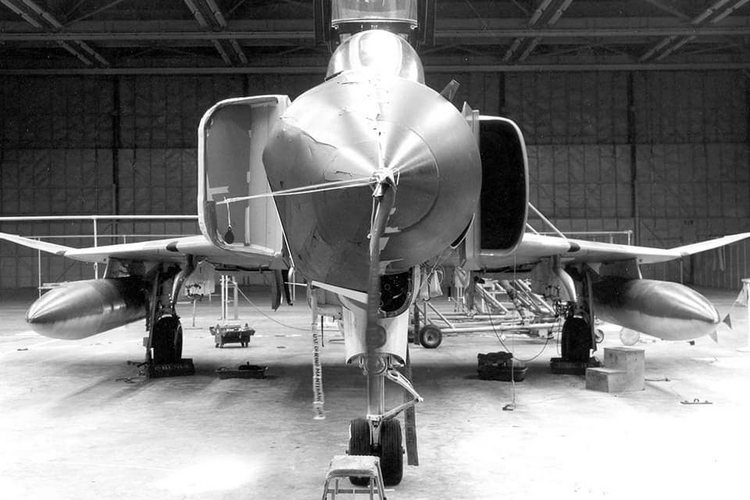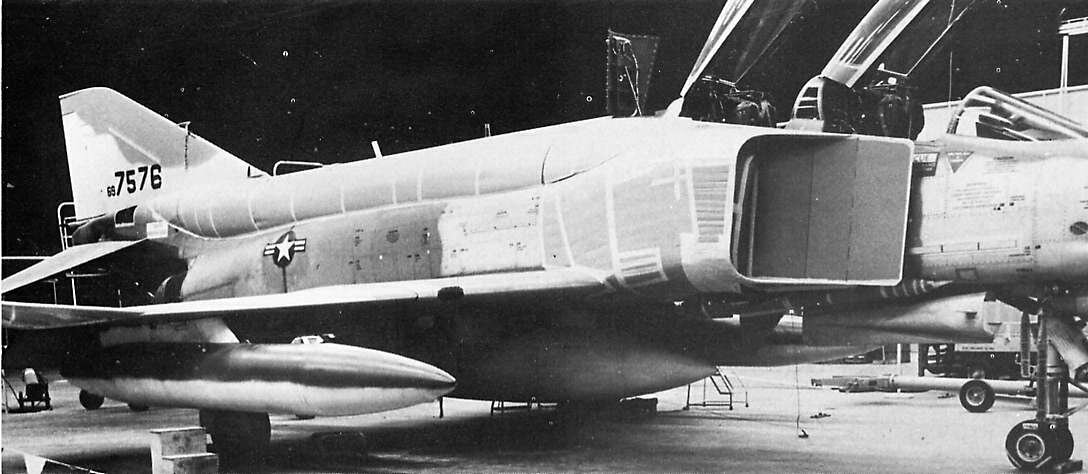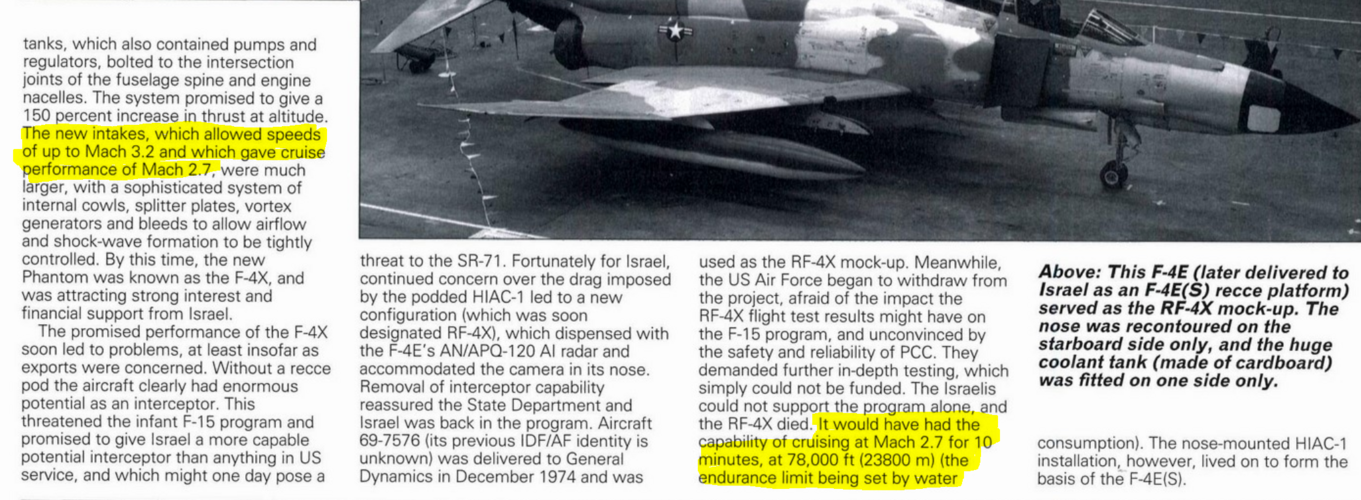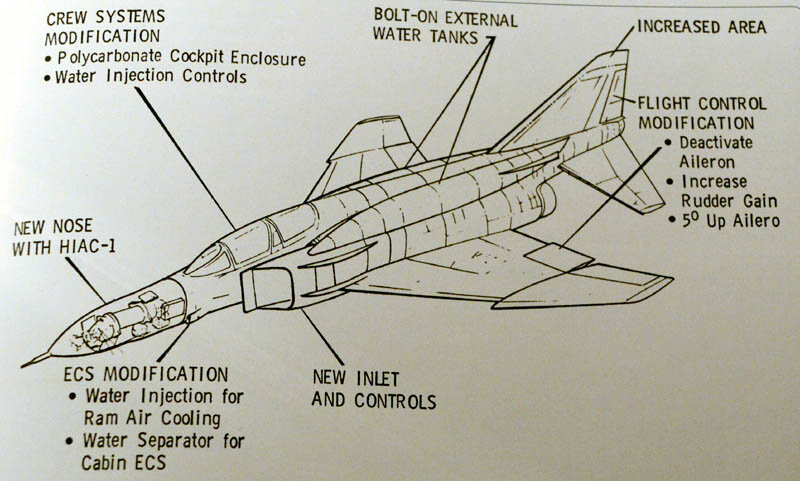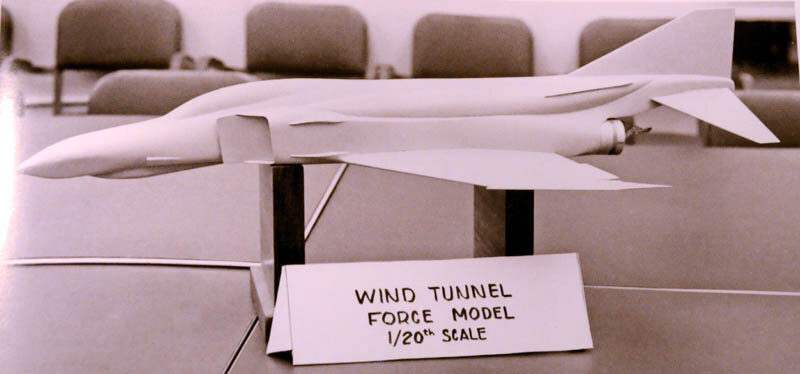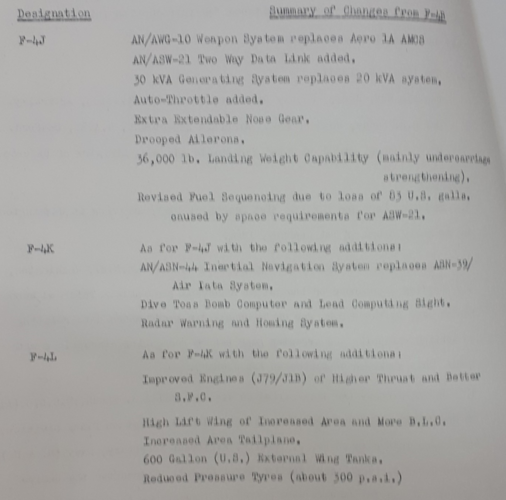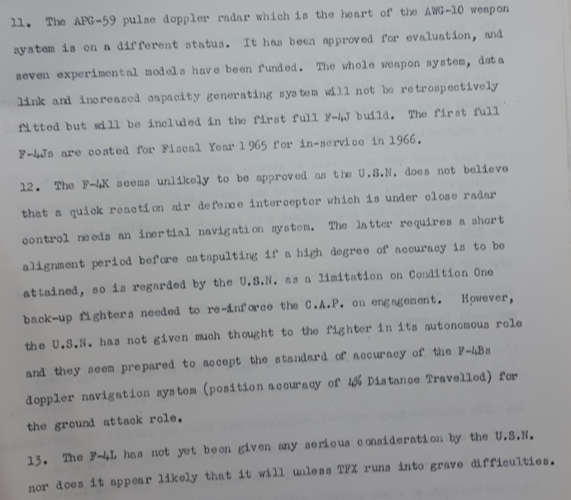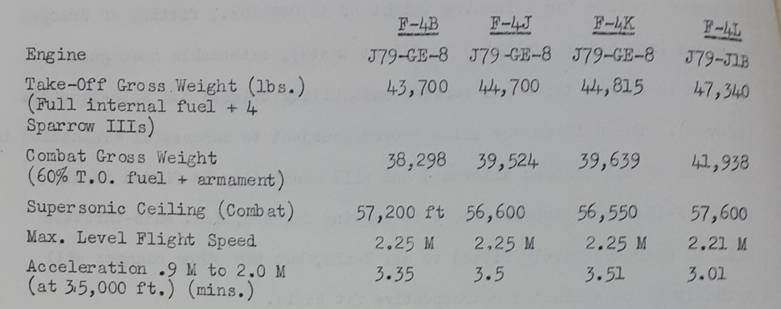sferrin is correct.
I would also point out LO, that a simple little thing like
cooling the air going into the compressor has major impact
on the compression process.
If you look at a compressor performance chart. It has
Compressor Mass Flow Rate on the x-axis and Pressure Ratio
on the y-axis. Going across the chart, rising at about
a 45deg. angle is the compressor operating line. At some
point on that line (say half way up) you are operating at
100% RPM, you're normal operating point.
At that 100% RPM operating point, you start water injection
upstream of the compressor.
Due to the cooling effect mentioned by sferrin,
the operating temperature of the compressor is reduced.
This does some neat things to the compression process:
The corrected RPM of the engine goes up (corrected
RPM = N/sqrt(theta); where N = engine RPM and theta is
essentially the temp (which is reduced due to PCC). Since
the denominator is reduced, corrected RPM goes up, which
moves the compressor operating point to the right on the
x-axis, to a higher Compressor Mass Flow Rate.
And since the operating line is angled at 45 deg. upward,
and we now moved the operating point to the right, we also
go up the operating line to a higher y-axis value, or a
higher Pressure Ratio!!
So PCC cools the compressor air, actually due to water
evaporation, and raises the pressure ratio and mass flow
rate. So the turbine and nozzle (the backend), as sferrin
mentioned, is actually passing more mass flow and therefore
more thrust.
There is a danger of compressor stall if we cause to fast
a temperature reduction without enough additional mass flow,
because then the compressor operating line will angle up
and cross the compressor stall line (which runs above the
operating line).
But if the PCC temperature reduction and mass flow is
correct for this engine, then the operating line, as it rises
due to PCC, will parallel the stall line, and no stall will
happen.
There is also the possibility of additives to the water
tank to preclude freezing, like alcohol, which helps the water
also evaporate in the compressor more quickly.
The idea is that you want to employ PCC until the air at
the compressor discharge is saturated. So say your in a fast
airplane and Mach number is increasing (helped by PCC too).
So, to achieve this, as the air into the compressor becomes
hotter (due to inlet compression at higher Mach), you increase
the PCC augmentation. So the possible PCC augmented thrust ratio
goes up with higher Mach number.
To give an idea of possible thrust augmentation multipliers,
on a chart I have at home in one of my propulsion books,
it shows PCC thrust augmentation of 2.6X at Mach 2 with
injected water-air ratio of around .115 (NACA TN 2083 - 1950).
So this is cool stuff (pun intended!)
>Wouldn't it be cool to find someone very rich to build an F-4X,
>just for s***ts and giggles....
We think alike!!





